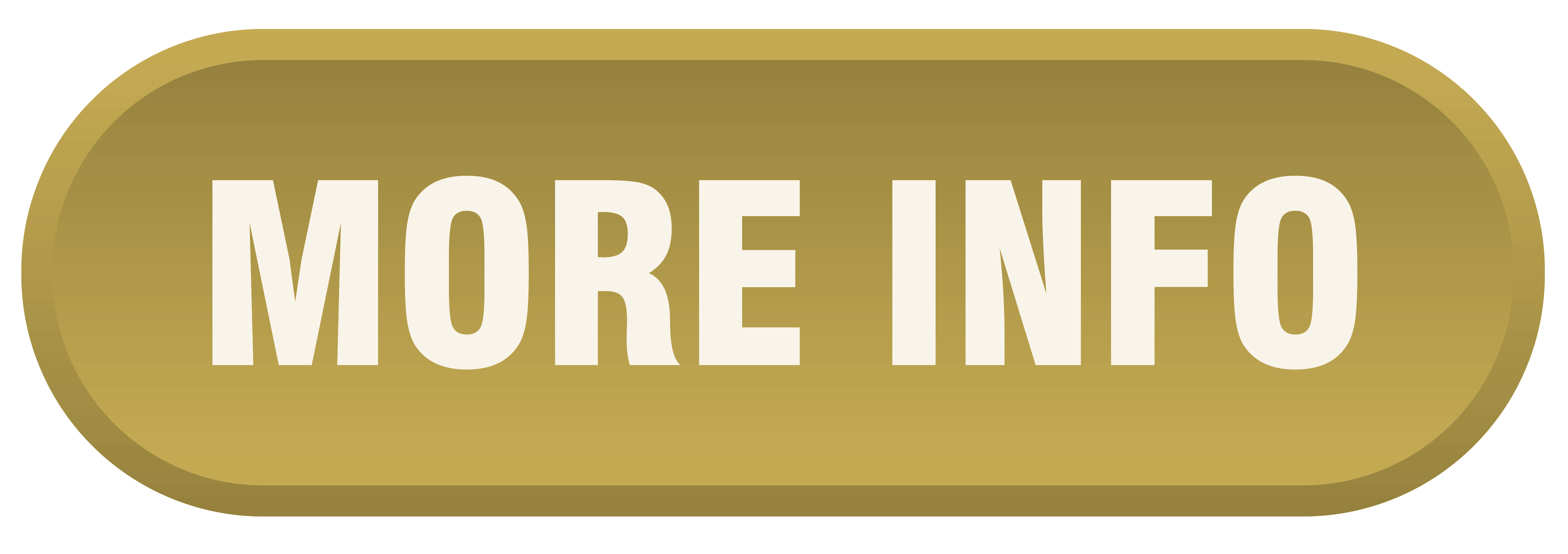Rosacea Treatment
Description
Welcome to Skin Wellness Advanced Skin Care Clinic: Understanding Rosacea

Rosacea (pronounced “roh-ZAY-sha”) is a chronic yet manageable skin condition that predominantly affects the central face. Characterized by flare-ups and remissions, it manifests in various forms and typically begins after the age of 30, appearing as flushing or redness on the cheeks, nose, chin, or forehead. Over time, the redness may intensify, becoming more persistent, and visible blood vessels may emerge. If left untreated, inflammatory bumps and pimples may develop, potentially leading to severe cases where the nose becomes swollen and bumpy.
In approximately half of rosacea cases, the eyes may also be affected, causing irritation and a bloodshot or watery appearance.
While rosacea can impact individuals of all demographics and skin types, it is more commonly observed in fair-skinned individuals who tend to flush easily. Women are more frequently diagnosed, but men often experience more severe symptoms. There is evidence suggesting a familial tendency and higher prevalence among those of northern or eastern European descent. Though the cause of rosacea remains unknown with no cure, advancements in identifying its signs and symptoms have enabled effective control through medical therapy and lifestyle modifications.
Recognizing Rosacea Symptoms:
Diagnostic Signs:
1. Persistent Redness: Frequent facial redness resembling a blush or sunburn.
2. Skin Thickening: Thickened, enlarged skin, commonly on the nose (known as rhinophyma).
Major Signs:
1. Flushing: Recurrent facial redness often accompanied by a sense of heat or burning.
2. Bumps and Pimples: Red solid bumps or pus-filled pimples without blackheads, accompanied by burning or stinging.
3. Visible Blood Vessels: Prominent small blood vessels on the cheeks and nasal bridge.
4. Eye Irritation: Watery or bloodshot eyes, eyelid redness, swelling, and styes.
Secondary Signs and Symptoms:
- Burning or stinging sensations.
- Facial swelling, raised red patches, and dry, scaly skin.
- Rarely, symptoms may extend beyond the face to the neck, chest, scalp, or ears.
Understanding Rosacea's Origin:
While the exact cause remains unknown, studies suggest an inflammatory process initiated by neurovascular dysregulation and the immune system. Key findings include increased mast cells, the presence of Demodex folliculorum (a microscopic mite), and genetic variants. Associations with systemic diseases like cardiovascular, gastrointestinal, neurological, autoimmune diseases, and certain cancers have been noted, indicating potential links to systemic inflammation.
Understanding Rosacea Causes and Triggers
Triggers for rosacea flare-ups can range from hot beverages and spicy foods to temperature shifts, emotions, and certain medications, causing discomfort and visible skin reactions.
While the cause of rosacea remains elusive, several factors can incite its symptoms:
- Hot drinks and spicy foods
- Alcoholic beverages, particularly red wine
- Extreme temperatures or exposure to sunlight and wind
- Emotional stress
- Physical exertion
- Medications that dilate blood vessels, including specific blood pressure drugs
- Certain cosmetic products
Effective Therapies Tailored for Rosacea Management
Skin Wellness offers a range of specialized treatments aimed at managing rosacea:
Topical Solutions: While topical treatments may not significantly impact redness, they effectively control mild rosacea pimples. Options like azelaic acid, metronidazole, and ivermectin (Soolantra) aid in controlling symptoms. Improvement may take a few weeks to manifest, with ivermectin providing extended remission compared to metronidazole.
Oral Antibiotics: For moderate to severe rosacea accompanied by bumps and pimples, oral antibiotics such as doxycycline may be prescribed by your doctor.
Advanced Light Therapies: Laser therapy and light-based treatments work wonders in minimizing redness caused by dilated blood vessels. These therapies may require repeat sessions for sustained improvements.
Intense Pulsed Light (IPL): IPL therapy is an ideal option for patients seeking to address rosacea symptoms, blemishes, enlarged pores, and broken capillaries. This treatment targets these concerns using light-based energy, offering multiple benefits with minimal discomfort and no peeling involved.
Why Choose IPL at Skin Wellness?
- Multiple treatments (2-3) may be required for optimal results.
- No peeling involved, making it hassle-free.
- Suitable for various areas on the skin.
- Minimal discomfort, no need for numbing agents.
At Skin Wellness Advanced Skin Care Clinic, we emphasize early diagnosis and tailored treatment to manage rosacea effectively.
Take control of your rosacea symptoms and unveil healthier-looking skin. Visit Skin Wellness Advanced Skin Care Clinic to explore our specialized treatments and rejuvenate your skin today!

Rosacea (pronounced “roh-ZAY-sha”) is a chronic yet manageable skin condition that predominantly affects the central face. Characterized by flare-ups and remissions, it manifests in various forms and typically begins after the age of 30, appearing as flushing or redness on the cheeks, nose, chin, or forehead. Over time, the redness may intensify, becoming more persistent, and visible blood vessels may emerge. If left untreated, inflammatory bumps and pimples may develop, potentially leading to severe cases where the nose becomes swollen and bumpy.
In approximately half of rosacea cases, the eyes may also be affected, causing irritation and a bloodshot or watery appearance.
While rosacea can impact individuals of all demographics and skin types, it is more commonly observed in fair-skinned individuals who tend to flush easily. Women are more frequently diagnosed, but men often experience more severe symptoms. There is evidence suggesting a familial tendency and higher prevalence among those of northern or eastern European descent. Though the cause of rosacea remains unknown with no cure, advancements in identifying its signs and symptoms have enabled effective control through medical therapy and lifestyle modifications.
Recognizing Rosacea Symptoms:
Diagnostic Signs:
1. Persistent Redness: Frequent facial redness resembling a blush or sunburn.
2. Skin Thickening: Thickened, enlarged skin, commonly on the nose (known as rhinophyma).
Major Signs:
1. Flushing: Recurrent facial redness often accompanied by a sense of heat or burning.
2. Bumps and Pimples: Red solid bumps or pus-filled pimples without blackheads, accompanied by burning or stinging.
3. Visible Blood Vessels: Prominent small blood vessels on the cheeks and nasal bridge.
4. Eye Irritation: Watery or bloodshot eyes, eyelid redness, swelling, and styes.
Secondary Signs and Symptoms:
- Burning or stinging sensations.
- Facial swelling, raised red patches, and dry, scaly skin.
- Rarely, symptoms may extend beyond the face to the neck, chest, scalp, or ears.
Understanding Rosacea's Origin:
While the exact cause remains unknown, studies suggest an inflammatory process initiated by neurovascular dysregulation and the immune system. Key findings include increased mast cells, the presence of Demodex folliculorum (a microscopic mite), and genetic variants. Associations with systemic diseases like cardiovascular, gastrointestinal, neurological, autoimmune diseases, and certain cancers have been noted, indicating potential links to systemic inflammation.
Understanding Rosacea Causes and Triggers
Triggers for rosacea flare-ups can range from hot beverages and spicy foods to temperature shifts, emotions, and certain medications, causing discomfort and visible skin reactions.
While the cause of rosacea remains elusive, several factors can incite its symptoms:
- Hot drinks and spicy foods
- Alcoholic beverages, particularly red wine
- Extreme temperatures or exposure to sunlight and wind
- Emotional stress
- Physical exertion
- Medications that dilate blood vessels, including specific blood pressure drugs
- Certain cosmetic products
Effective Therapies Tailored for Rosacea Management
Skin Wellness offers a range of specialized treatments aimed at managing rosacea:
Topical Solutions: While topical treatments may not significantly impact redness, they effectively control mild rosacea pimples. Options like azelaic acid, metronidazole, and ivermectin (Soolantra) aid in controlling symptoms. Improvement may take a few weeks to manifest, with ivermectin providing extended remission compared to metronidazole.
Oral Antibiotics: For moderate to severe rosacea accompanied by bumps and pimples, oral antibiotics such as doxycycline may be prescribed by your doctor.
Advanced Light Therapies: Laser therapy and light-based treatments work wonders in minimizing redness caused by dilated blood vessels. These therapies may require repeat sessions for sustained improvements.
Intense Pulsed Light (IPL): IPL therapy is an ideal option for patients seeking to address rosacea symptoms, blemishes, enlarged pores, and broken capillaries. This treatment targets these concerns using light-based energy, offering multiple benefits with minimal discomfort and no peeling involved.
Why Choose IPL at Skin Wellness?
- Multiple treatments (2-3) may be required for optimal results.
- No peeling involved, making it hassle-free.
- Suitable for various areas on the skin.
- Minimal discomfort, no need for numbing agents.
At Skin Wellness Advanced Skin Care Clinic, we emphasize early diagnosis and tailored treatment to manage rosacea effectively.
Take control of your rosacea symptoms and unveil healthier-looking skin. Visit Skin Wellness Advanced Skin Care Clinic to explore our specialized treatments and rejuvenate your skin today!
Click below to learn more information!
Details
| Date Added | 2022-12-27 |
| Product Id | 10543916 |







